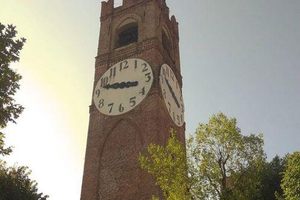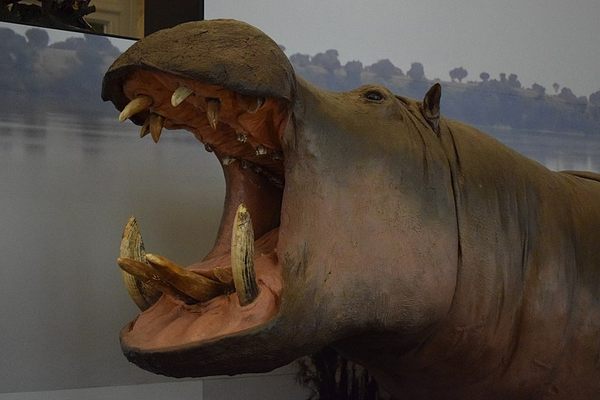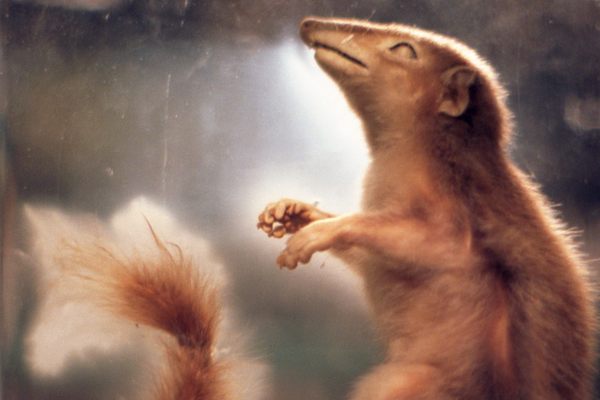About
The piedmont town of Bra, Italy, houses an intriguing natural history museum. As a "museum of the museum," the institution plays witness to the museological concepts of earlier times and the practices and circumstances of scientific collections of the 19th century.
You won’t find large-scale wildlife dioramas here. Instead, you’ll venture through several educational rooms dedicated to various life forms or geological topics such as fossils, reptiles, fish, amphibia, birds, minerals, and all kinds of invertebrates. Each of the 12 rooms is individually designed with taxidermy animals, educational models, historical sources, pictures, and related objects.
The bird hall is the highlight of the exhibition. It hosts a vast collection of taxidermy birds that are typically 150 to 180 years old and incredibly well-preserved. The oldest taxidermy bird is an almost 200-year-old pheasant that exists as a remarkable testament to evolution, as it showcases different plumage than the colors and patterns you’d expect to find on a present-day pheasant.
The taxidermy mammals play an interesting role in the exhibition. Since they don’t have a room for their own, they are posed as guests inside the other halls. Moreover, none of the tigers, ibexes, antelopes, or wolves belonged to the original exhibition—they were seized as illegal hunting trophies during a police razzia from a local criminal around 15 years ago.
The original collections were curated by Italian lawyer and scholar Angelo Craveri, a polymath who discovered several kinds of living and fossilized animal species that have since been named after him. He and his sons Ettore and Federico opened a private museum in 1843.
The whole Craveri family consisted of passionate zoologists who continued to add to the collection. Federico contributed a lot of fossils, minerals, and animals from North America, since he worked as a geologist for different mining companies in Mexico and supported the country in the Mexican–American War. The family’s private collection grew so much that they had to add a third floor to their house.
Related Tags
Know Before You Go
The museum is open from Monday through Thursday from 1 p.m. to 5 p.m, and Sunday from 10 a.m. to 12:30 p.m. and 3 p.m. to 6 p.m. It's closed on Friday and Saturday. Brochures and information are available in English.
Published
January 7, 2019



































































